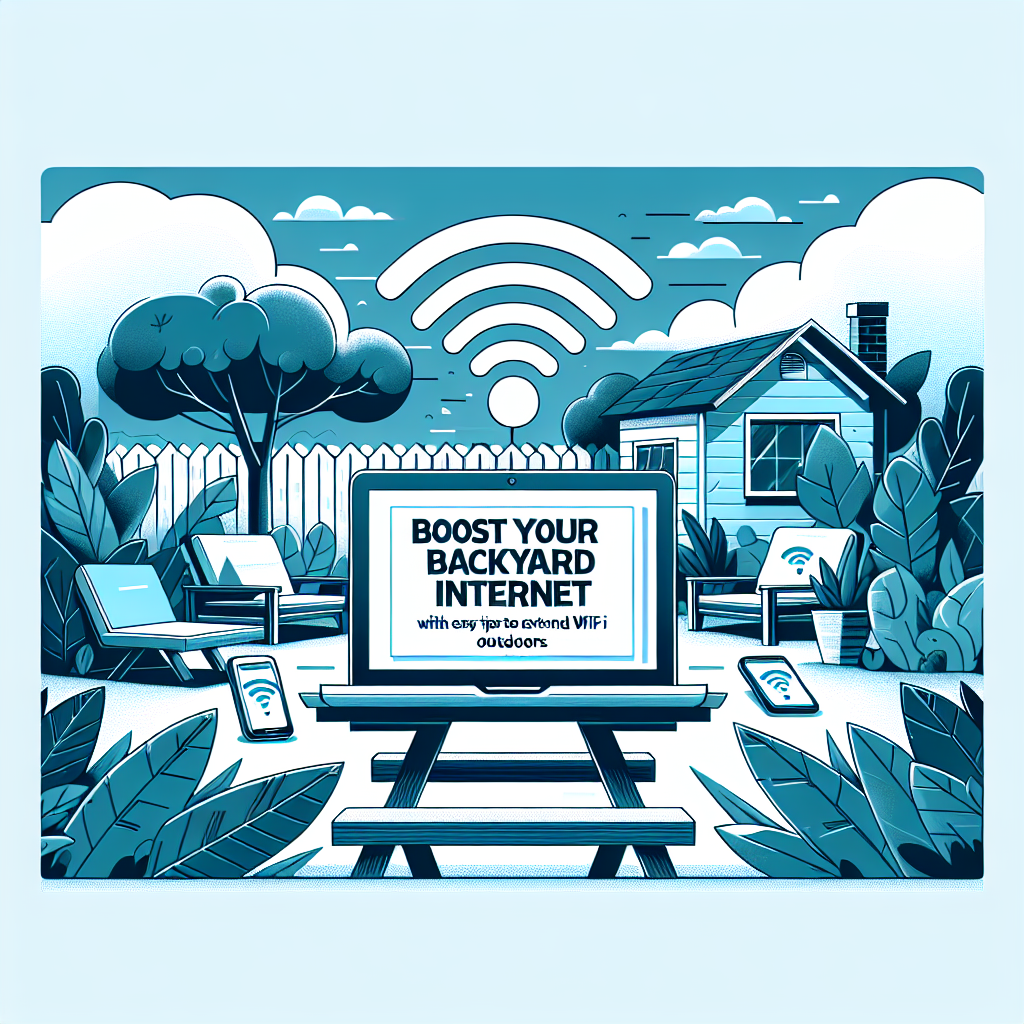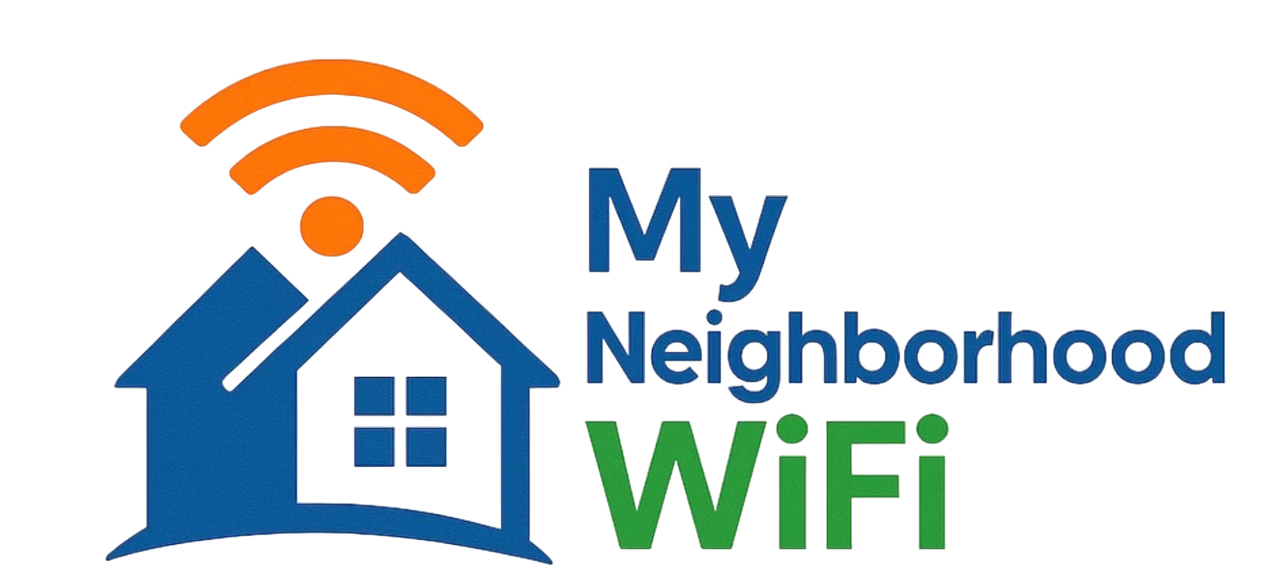
Boost Your Backyard Internet with Easy Tips to Extend Wi-Fi Outdoors
Want to enjoy smooth streaming, video calls, or music while relaxing outside? The good news is that you don’t need expensive equipment to get better backyard internet. With just a few smart changes, you can boost your backyard Wi-Fi so it reaches further, feels faster, and works more consistently outside.
Why Backyard Wi-Fi Matters
Backyards are no longer just spaces for grilling. They’ve become outdoor offices, gyms, play zones, and mini theaters. Whether you’re hosting friends, playing smart yard games, or working under the sun, strong Wi-Fi is essential. Without it, you’ll face:
- Slow or freezing video calls
- Music apps that keep buffering
- Smart garden devices disconnecting
- Inconsistent speeds depending on where you sit
Thankfully, there are easy ways to extend coverage outside without breaking the bank.
Check the Source First
Before buying new gadgets, check if the issue is inside your home. Many connectivity problems start at the source — the modem or router. Some common issues include old firmware, interference from walls, or outdated hardware, as explained in guides like speednetlte.com. A quick check-up often makes a noticeable difference outdoors too.
Quick router health checklist:
- Reboot your router once in a while to refresh connections
- Install available firmware updates to fix bugs
- Move the router closer to the side of your house facing the backyard
- Avoid placing it in a corner, basement, or behind too many walls
Upgrade Your Router
A modern Wi-Fi router makes a world of difference. Older models struggle with multi-device connections and longer ranges. If your router is more than five years old, consider an upgrade. According to yestechie.com, choosing a router with Wi-Fi 6 or Wi-Fi 6E ensures better speed and outdoor reach. And with Wi-Fi 7 rolling out, even faster outdoor speeds are on the horizon, as noted by NAR Realtor Tech Guide.
Router placement tip:
If possible, place your router near a window or wall that faces your backyard. Wi-Fi signals weaken when they pass through multiple solid surfaces like brick or stone. Positioning matters even more than power.
Add a Wi-Fi Extender
Sometimes, even the best router can’t cover the outside area completely. A Wi-Fi extender is a small plug-in device that boosts the signal. It doesn’t require major setup, and you can often just plug it into a wall outlet near the yard. As explained on cascable.com, extenders help fill in weak spots and are especially helpful in wide backyards or multi-story homes.
How to choose an extender:
- Pick one compatible with your router brand for smoother setup
- Place it midway between your router and the backyard area
- Avoid plugging it in too far away — it needs a good source signal to share
Consider a Mesh System
If you have a large property or use connected outdoor devices regularly, a mesh Wi-Fi system might be a better investment. Mesh systems use multiple nodes spread around your house to form one large, seamless network. The backyard can have its own node, which reduces dead zones. Keep in mind that wireless backhaul (how nodes talk to each other) can cut speeds in half, but using Ethernet between nodes avoids this issue (yestechie.com).
Use Outdoor-Friendly Hardware
Routers and extenders placed outside or in garages aren’t always designed to handle weather changes. If you plan to keep equipment outdoors, look for water-resistant or weatherproof models. Alternatively, use protective enclosures to shield devices from rain, heat, or dust.
Other outdoor Wi-Fi friendly upgrades
- Use directional antennas that focus signals into your backyard
- Add Powerline adapters, which use your home’s wiring to transmit network signal
- Consider outdoor-rated access points mounted on a porch or wall
Reduce Interference
Wi-Fi signals can be affected by more than walls. Outdoor appliances, cordless phones, and even your neighbor’s Wi-Fi could interfere. While you can’t shut off nearby networks, you can:
- Switch to the 5 GHz band for stronger, less-crowded connections
- Use the 6 GHz band if your router supports Wi-Fi 6E
- Select a less congested channel in your router’s settings
- Keep metal furniture or grills away from the router area
Creative DIY Fixes
Sometimes, simple hacks go a long way:
- Reflect signals into your backyard with a piece of aluminum foil behind the router’s antenna
- Use an old smartphone with hotspot capabilities as a secondary Wi-Fi source
- Set up a cheap Raspberry Pi as a Wi-Fi repeater (DIY project)
Smart Device Considerations
If you use outdoor speakers, cameras, or smart lights, keep in mind that many of them need only a stable 2.4 GHz signal, not the fastest speeds. Positioning your extender or mesh node for reliability may be more important than raw Mbps numbers.
When to Call for a Professional Setup
If you’ve tried extenders and router upgrades with little luck, it might be worth consulting an installer. They can run outdoor Ethernet lines and set up dedicated outdoor access points that give you flawless coverage for years.
Wrap-Up: Extend Wi-Fi and Enjoy Your Backyard
Getting smooth backyard internet doesn’t mean you need to spend a fortune or rewire your house. With simple fixes like updating your router, moving it closer to your yard, adding an extender, or setting up a mesh system, you can enjoy stronger coverage no matter where you relax outside. Combine those with a few clever DIY tricks, and suddenly movie nights, music streaming, and even remote work under the shade become hassle-free.
“Most inquiries are answered within the same day”
Written by admin
Content writer and tech enthusiast sharing insights on internet connectivity.



